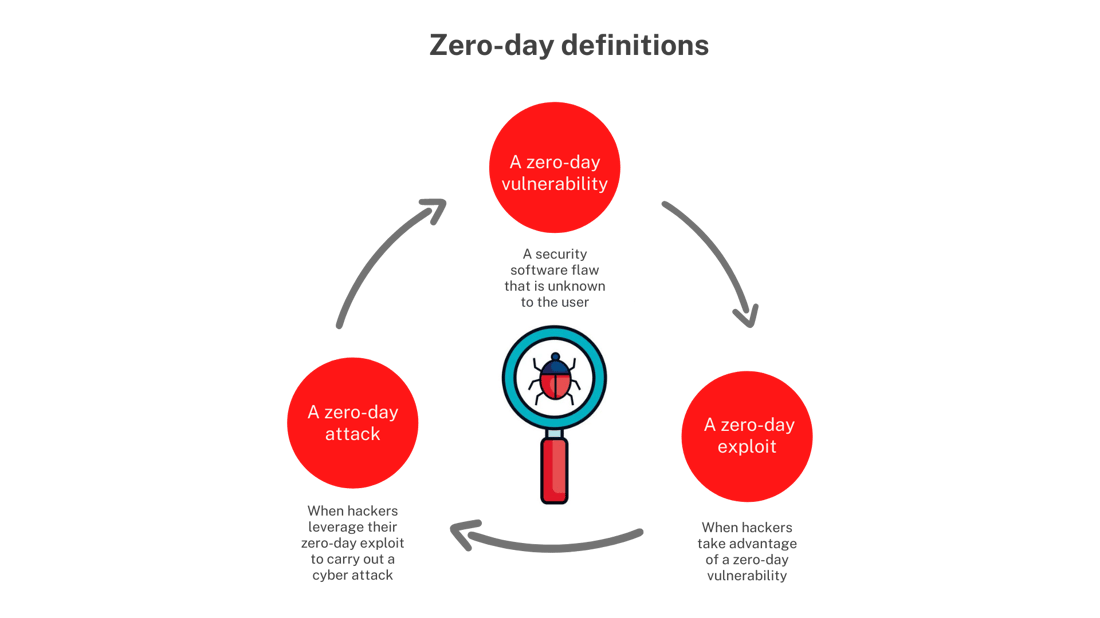The Loudness War and Dynamic Range in Music
 You may not be aware but they say there is a Loudness War going on out there in your MP3 and/or CD collection. Probably on vinyl too. A lot of Pop, rock and other radio played music is louder now than it was in say the 1980’s. And the effects of increased loudness of recordings are of interest and perhaps concern for recording engineers, mastering engineers, musicians and music listeners.
You may not be aware but they say there is a Loudness War going on out there in your MP3 and/or CD collection. Probably on vinyl too. A lot of Pop, rock and other radio played music is louder now than it was in say the 1980’s. And the effects of increased loudness of recordings are of interest and perhaps concern for recording engineers, mastering engineers, musicians and music listeners.
So, why this is so and what is the Loudness War? Well many sound specialists have compared recordings from the 1980’s with present mainstream best-selling recordings and have found that today’s offering s are significantly louder. You may be able to test this for yourself with a few Spotify tracks – as long as default setting to make all tracks appear the same volume is turned off. Apparently, there is more limiting and compression on the music in the mixing and mastering process of production so it appears louder. Basically, it jumps out of the speakers more and therefore may attract the attention of listeners (and therefore consumers) more easily.
But there is a problem with this approach. It has apparently become the rule and not the exception and it may be compromising the quality of the music, rendering it more tiring on the ears and therefore less enjoyable to listen to. Turn Me Up dot Org is an organisation raising awareness about dynamic music and the Loudness War. They encourage listeners to turn the music up instead of musicians and engineers feeling pressured to make their music as loud as the loudest music. Turn Me Up dot Org appreciates that loud mixes and mastering does suit some types of music – such as Heavy Metal or Drum n Bass. But it should remain a stylistic choice, not a customary way of presenting music.
Dynamic Range Day is another campaign that echoes this sentiment. Dynamic Range Day takes place annually with an album winning the award for most dynamic recording – in other words one that has quiet as well as loud moments and keeps this dynamic to the recordings. The challenge involves making sure your recording has at least eight decibels of dynamic range – so eight decibels difference between the quietest and loudest moments in the music.
But interestingly, it has just been declared that dynamic range in music is not necessarily decreased or compromised if the music is one of the louder recordings. In a recent article in reputable music production magazine Sound on Sound magazine entitled ‘Dynamic Range and the Loudness War’, Emmanuel Deruty explains that loud records are not necessarily less dynamic recordings. He declares “We can prove beyond any doubt that the ‘loudness war’ has not decreased the loudness range.”
So, the claim that loud recordings have become the norm is of concern. But dynamic range may be preserved. As I have developed as a recording engineer and producer of more creative music, I have become more sensitive to in your face productions that tire the ear and brain. And I suspect that the use of limiters and compression in music to be the route of the problem.
































